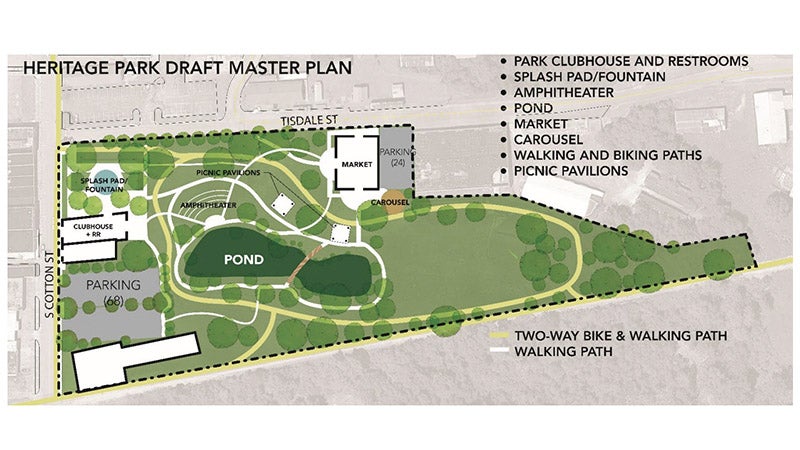Dogs detect low blood sugar
Published 12:00 am Saturday, December 27, 2014
One local woman found herself without the ability to sense her low blood sugar levels, and thanks to help of her service dogs, she’s now living a safer life.
“After 53 years with type 1 diabetes, I’ve lost my ability to sense my low blood sugars,” Dr. Carol Moreau said. “So, I trained my dog to sense the change in my body and alert me to it. Otherwise, I would have to be constantly testing.”
Type 1 diabetes is usually diagnosed in children and young adults, and only 5 percent of people have this form of diabetes.
In type 1 diabetes, the body does not produce insulin, which is needed to convert sugar, starches and other food into energy needed for daily life.
Moreau said the problem that caused her to require her service dog, Annie, was that her blood sugar levels would get as low as 40 percent, with 100 being normal, and she wouldn’t realize it.
“When I’m going out somewhere, I always check my blood sugar,” Moreau said. “It’s hard for me to get low without knowing it, but it’s always possible.”
She said those instances happen when she forgets to eat after taking her insulin, or when exercising a lot.
“One day I was down on the floor and Annie knew something was wrong, and started poking me,” Moreau said. “I encouraged her to do so. I kept telling her things like ‘I’m sick’ and ‘my sugar is low’ while I acted out and riled her up (got her excited and barking). Then I told her that I had to check my sugar.”
She said she confirmed the behavior with a “good girl” and a treat for the both of them.
“Essentially in that one incident, she became trained,” she said. “I was amazed that it only took that one time, and she started ‘watching me’ for future episodes. From that point on whenever my blood would drop below 70, she would start poking and staring at me.”
If poking and staring didn’t work to alert Moreau, she said Annie would start barking.
“That always caught someone’s attention because she wouldn’t bark except at the UPS guy or someone in the yard,” Moreau said. “She is able to alert my husband too, in case I need him to go get some sugar.”
Moreau said that one of the reasons she believes that Annie is able to pick up on the low blood sugar is the closeness of the pair.
Back when Annie was a puppy, it was discovered that she had a genetic defect that caused her legs to splay out, requiring extensive surgery.
“She needed extensive surgery that left her unable to walk for six months,” Moreau said. “It was very intensive between me and her, and that was before I lost my ability to sense my low blood sugars.”
Annie required help going outside and had to have bandages removed often.
“We became very close,” she said. “By the time she was getting better, I was getting worse. It seemed almost like she was paying me back for all the months of caring for her as a puppy who couldn’t walk. But then again, when a dog ‘adopts you’ as their best friend, they can and will do almost anything for you.”
Moreau said she moved to a home with more space for Annie to romp and play to strengthen her legs.
Those legs have slowly become more and more arthritic, because of the surgery, so Moreau decided it was time to train a new service dog.
“She’s on shots and medications, and we decided to start training another puppy to take her place,” Moreau said. “We now have Bella taking over her duties.”
Annie has been helping to train Bella, Moreau said.
“I take them both out in public, and Bella is at least as aware of how she needs to behave as Annie is,” Moreau. “Bella just moves a lot better.”
Annie will still alert on the low blood sugar, but Bella is learning how to pick up on it.
“Dogs are smart, and they’re both very close to me,” Moreau said. “They’ll do anything for me.
“I believe any dog that is devoted to their master can become a service dog with the proper training to be polite in public,” she said.
Annie and Bella are both legally registered service dogs with vests, and have only had one instance of a local business not allowing them to enter.
“People now know my dog as well as they know me, or even better,” Moreau said. “On the back of their badge, there is the American’s with Disabilities Act and the information about service dogs.”
She said her dogs are allowed anywhere the public can go.
“I would feel a big loss if anything ever happened to them,” Moreau said.





